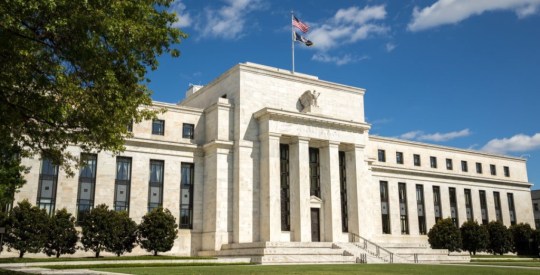The year’s solid economic start faded late in the first quarter, but the recent setback is a temporary one, analysts claim.
The slow in activity is partly due to ongoing fiscal drags, including the budget sequester. However, a modest reacceleration is expected in the second half of this year, as the housing market continues to gain traction, according to Fannie Mae’s economic outlook.
Housing is expected to act as a tailwind for the economy throughout the year and into 2014, even though there may be a few hiccups in overall economic activity.
“Our May forecast predicts that the second half of 2013 will be a little stronger than the first half, despite the slowdown during the past couple of months,” Doug Duncan, chief economist for Fannie Mae.
He added, “Employment numbers are getting better, albeit it at a relatively slow pace, and the April employment picture should help boost consumer sentiment toward the economy overall. However, we continue to keep an eye on potential headwinds to our forecast, including the long-term effects of sequestration, spending constraints, the sovereign debt crisis, and the impending debt ceiling.”
Residential investment contributed to economic growth for the eighth consecutive quarter, adding 0.3 percentage points during the first quarter of 2013.
Additionally, the annualized pace of total housing starts in March surpassed the one million market for the first time since the housing crisis, driven solely by a surge in multifamily housing.
Multifamily homebuilding has benefited from a shift in tenure choice over the past several years toward renting, according to Fannie Mae.
For instance, the homeownership rate continued to decline in the first quarter, dropping to 65% — the lowest rate since the third quarter of 1995, the report noted.
By contrast, new single-family home sales rose in March, jumping 51%, which is the biggest gain since the second quarter of 2003.
Despite the robust gain in new home sales in the first quarter, homebuilders’ confidence from the Nation Association of Home Builders’ survey continued to cool in April, declining for the third consecutive month.
“However, the details of the survey suggested improving outlook for the housing market: while both the measures of current sales and prospective buyer traffic fell during the month, the measure of sales expectations over the next six months increased sharply to a new peak for the expansion,” Fannie Mae analysts explained.
Meanwhile, the government-sponsored enterprise suggested that housing affordability will likely remain a support for the housing recovery.
However, affordability is no longer a primary driver of homebuying activity.
“Going forward, the trends in lending standards, regulations regarding lending and securitization of mortgages, and housing finance reform will be key to a transition to normal for the housing market,” the enterprise stated.
Furthermore, a positive for future home price trends is a decline in shadow inventories.
The shadow inventory rate has gradually declined from its record high of 9.7% during the final quarter of 2009 to 6.4% in the first quarter of this year.
“Overall, mortgage performance has improved meaningfully, with the combined share of loans at least one payment past due or in foreclosure falling to 10.3%, the lowest in over four years,” Fannie Mae analysts stated.






